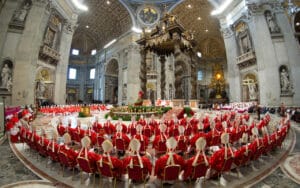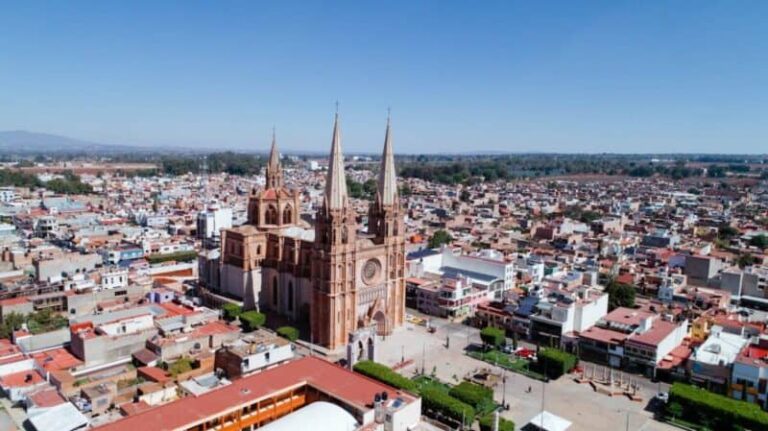Saint Gregory of Nyssa 4th C.
Saint Gregory of Nyssa was born in 354 and died in 394. Saint Gregory of Nyssa was an early Leader of the Catholic Church. He was Bishop of Nyssa from 372 to 376 and from 378 until he died in 394. Saint Gregory of Nyssa, his elder brother Basil of Caesarea, and their friend Gregory of Nazianzus are collectively known as the Cappadocian Fathers. Saint Gregory of Nyssa was an erudite Christian theologian who made significant contributions to both the doctrine of the Trinity and the Nicene Creed. He shows that one can make great contributions, even if administratively limited. Have you ever heard of him?

Saint Gregory of Nyssa Biography
We do not know exactly when Saint Gregory of Nyssa was born or died, but we do know he was important to the founding of the Catholic Church. The Book of Acts depicts that on the Day of Pentecost, there were visiting Jews who were “residents of …Cappadocia” in attendance (and from many other places). In the 65 AD First Epistle of Peter, the author greets Christians who are “exiles scattered throughout…Cappadocia.”
Saint Gregory of Nyssa was from a famous place, the ground zero of Christianity. Alexander of Jerusalem was the first bishop of the province in the early to mid-third century, a period in which Christians were persecuted by Roman authorities. The community remained very small throughout the third century.
Saint Gregory of Nyssa was born in Cappadocia around 335. He was one of ten children. He was said to be shy and quiet. He was educated initially at home by his sisters. He continued his studies in Caesarea, where he read classical literature, philosophy, and maybe medicine. In 371, the Emperor Valens split Cappadocia into two new provinces, Cappadocia Prima and Cappadocia Secunda. There were complex changes in ecclesiastical boundaries during which several new bishoprics were created, and he got one in 372.
Saint Gregory of Nyssa faced constant opposition to his reign in Nyssa, and in 373, Amphilochius, bishop of Iconium, had to visit the city to quell discontent. In 375, Desmothenes of Pontus convened a synod at Ancyra to try Gregory on charges of embezzlement of church funds and irregular ordination of bishops. He was arrested by imperial troops in the winter of the same year, but escaped. The synod of Nyssa, which was convened in the spring of 376, deposed him. However, he was reinstated in 378.
In 381, he was deposed yet again 381. Saint Gregory of Nyssa participated in the First Council of Constantinople (381), and perhaps gave there his famous sermon In suam ordinationem. This was a success, and he was reinstated. His later reign in Nyssa was marked by conflict, unsurprisingly, with his metropolitan, Helladius. He was present at a 394 synod convened at Constantinople to discuss the continued problems in Bostra. He died in 394.
Conclusion
Saint Gregory of Nyssa is revered as a saint. However, unlike the other Cappadocian fathers, he is not a Doctor of the Church. What he does teach us, however, is to never give up, what with the near-constant deposition and reinstatement. He participated in the formation of many important church doctrines.






